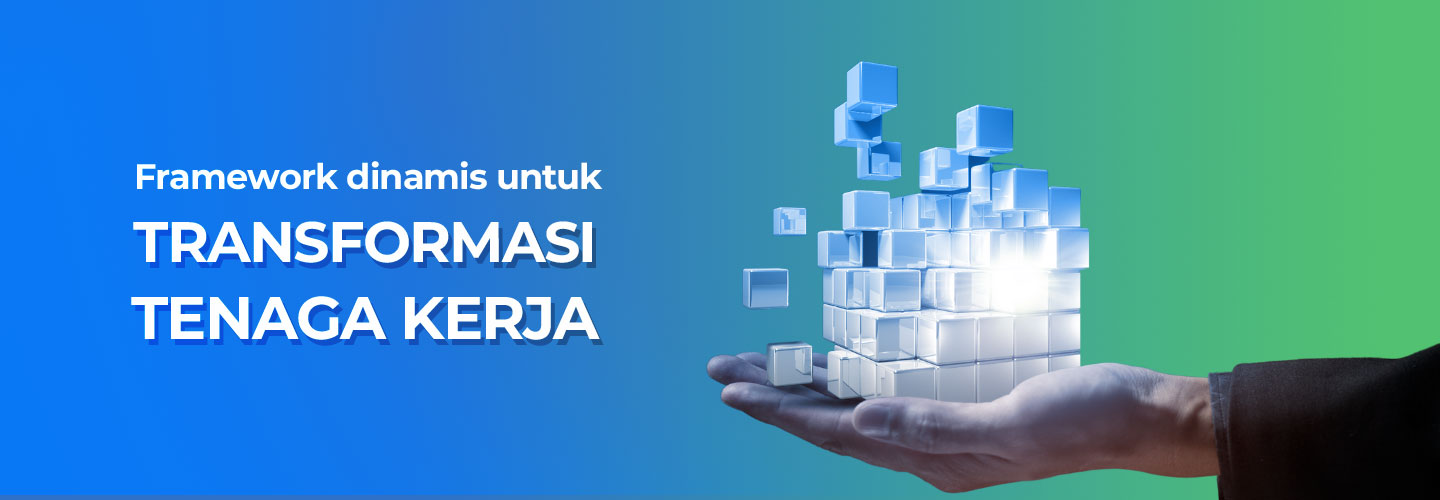Dynamic Framework for Workforce Transformation

The development of the times and the increasingly rapid economic cycle mean that we as resources need to keep up. The step that must be taken is to create a dynamic framework to meet the demands of this work. That way, you can carry out transformations to improve performance, build new skills, and automate the right processes.
An important part of building a dynamic framework is the analysis and planning process. According to Mckinsey, as many as 23% of companies fail to transform from the planning stage. This number also increases to 55% when you want to execute the plan that has been made.
However, all of these things can be achieved through the role of the people who carry them out. Therefore, you must always involve employees in every transformation process carried out.
Creating a Dynamic Framework for Workforce Transformation
This framework can run with the will and clear goals of a company. Here's how to create a dynamic framework to build a transformation in a company.
1. Focus on the desired business output
Every businessman definitely wants this framework to make the business they run more advanced and developed. However, only a few people know where they want to take the progress and development of their business.
Maybe you have 5-7 goals in business or even more. However, those of you who want everything often don't get it all. This is of course because you are not focused on achieving that goal.
Therefore, choose the goals you really want, then prioritize them from the highest. After that, you can achieve them all one by one.
2. Find aspects that need to be developed
In this phase, you need to first find the focus that you want to develop and transform. Of course, this is related to the output you want to get later. Everything must be sustainable,
You can create a new competency or strategy in running a business. Make sure all these determinations are in accordance with the vision and measurement of success you want to achieve. Considering this part is very important, start involving more employees in designing it.
3. Analyze a number of references
References are needed in creating a framework. Looking for more references will of course give you more examples to emulate.
Even so, there is nothing mandatory in a reference. You can use what is appropriate and throw away what doesn't suit the business you are running. From there, you can analyze the current situation and the future to create a new strategy.
4. Build a strategy
Frameworks are usually general in nature. You are in charge of making it more personal to the business you run, the technology used, and the existing organizational structure. You can combine it with existing frameworks and integrate them with all the required aspects.
In this phase, you also need to create a strategy that can be implemented, both for the short and long term. Maybe there are one or two things that need to be changed in the implementation. With this approach, you can create a more dynamic strategy to achieve transformation in employees.
5. Implementation and review
Execution can be done after you have equalized the perception of the entire workforce. You need to instill new behavior for the sustainability of the new strategy that has been created. There's no need to worry if there are some employees who don't have the ability to do it. The reason is, skills can be learned.
You also need to ensure that people are committed to living through the new framework. After that, do a review in a few months. Identify what transformations have gone smoothly and which ones need to be improved.
Do these steps repeatedly. The time required can vary greatly depending on the scale of the company and the magnitude of the expected transformation.
Since you want to transform the workforce within the company, make sure to always involve them in every detail. The success of this change will be determined by everything done and achieved by the employees who took part in the transformation.